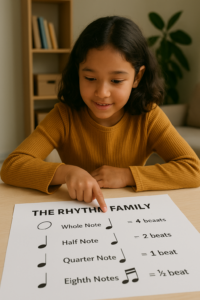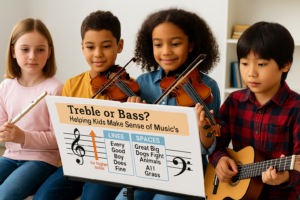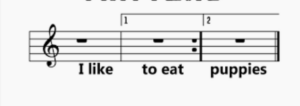Raised in São Paulo, Brazil, Leandro began exploring guitar and percussion as a teenager and was soon drawn into a lifelong pursuit of rhythm, creativity, and learning. By 2000, he was teaching professionally, and in 2006 he completed a degree in music education. Since then, his focus has been on guiding students to find their
Lessons In Your Home Blog
August Teacher Spotlight – Jordan Christenot
Jordan’s journey with music has always revolved around teaching. Trained as a percussionist and equally at home on the piano and guitar, he describes himself as a jack of all trades. From a young age, he was drawn to the energy and structure of band life, especially the tight-knit world of marching band. In his
July Teacher Spotlight – Humberto Almeida
Humberto’s musical journey began in Brazil with a piano and a lot of curiosity. At just seven or eight years old, he was already mimicking his neighbors’ lessons so well that their father noticed he was playing better than the kids who were actually enrolled. His own formal instruction began soon after, and he’s been
June Teacher Spotlight – Ozzie Backus
Ozzie’s journey into music began in public school, where he was encouraged to take up the upright bass. What started as a simple suggestion quickly turned into a lifelong passion. He felt a deep connection with the instrument from the beginning and followed that path all the way through college, studying under world-class musicians and
What Is Music Theory? A Simple Guide for Parents and Young Musicians
If your child is starting music lessons, you may find yourself wondering:“What is music theory, and does my child really need it?” The short answer? Yes—and it’s probably not what you think. At Lessons In Your Home, we don’t treat music theory like a separate, stuffy subject. Instead, we weave it into every lesson in

What’s a Whole Note Anyway? The Secret Language of Rhythm
If your child is new to music lessons, you’ve probably heard strange new words floating around your home:Whole note. Half note. Quarter note. Rest.Maybe you’ve even seen them scribbled in a practice notebook or music book. To a young learner, rhythm might seem like the most confusing part of reading music. But here’s the secret:

Treble or Bass? Helping Kids Make Sense of Music’s Two Clefs
If your child is learning music—whether it’s singing, violin, trumpet, or cello—they’ll eventually come face-to-face with the two most important symbols in music reading: the treble clef and the bass clef.
To us, these might look like fancy swirls and dots. But to your child, they can be confusing gates to the music world—unless someone helps make sense of them.
At Lessons In Your Home, we teach young musicians not just what to play, but how to read the language of music.

Lines and Spaces: Why the Music Staff Isn’t as Scary as It Looks
When your child looks at a sheet of music for the first time, they might see a blur of black dots, lines, and symbols that seem like a secret code. And to be honest, they’re kind of right—music is its own language. But here’s the good news: it’s a language your child can learn to read, just like they learned their ABCs.

May Teacher Spotlight: Alexandra Fitzgerald
Alexandra Fitzgerald is a violinist, pianist, and passionate teacher based in the D.C. area, where she balances life as a graduate student with a thriving teaching career. Whether she’s preparing for her own recital or helping a young student through their first performance, Alexandra brings creativity and connection into every lesson. Alexandra began teaching during

“Wait… It Says What?!” — Why Reading Music Matters More Than You Think
Imagine your child sitting at the piano, confidently placing their hands on the keys—and instead of guessing what comes next, they’re actually reading the music like a storybook. That’s the magic of music reading, and at Lessons In Your Home, we believe it’s one of the greatest gifts we can give our students. Learning to
